Key Points and Summary – In a tale of two design philosophies, China’s fifth-generation J-20 stealth fighter is compared with Sweden’s fourth-generation(+) JAS 39 Gripen.
-The J-20 is a large, expensive stealth aircraft built for air superiority and deep penetration missions.
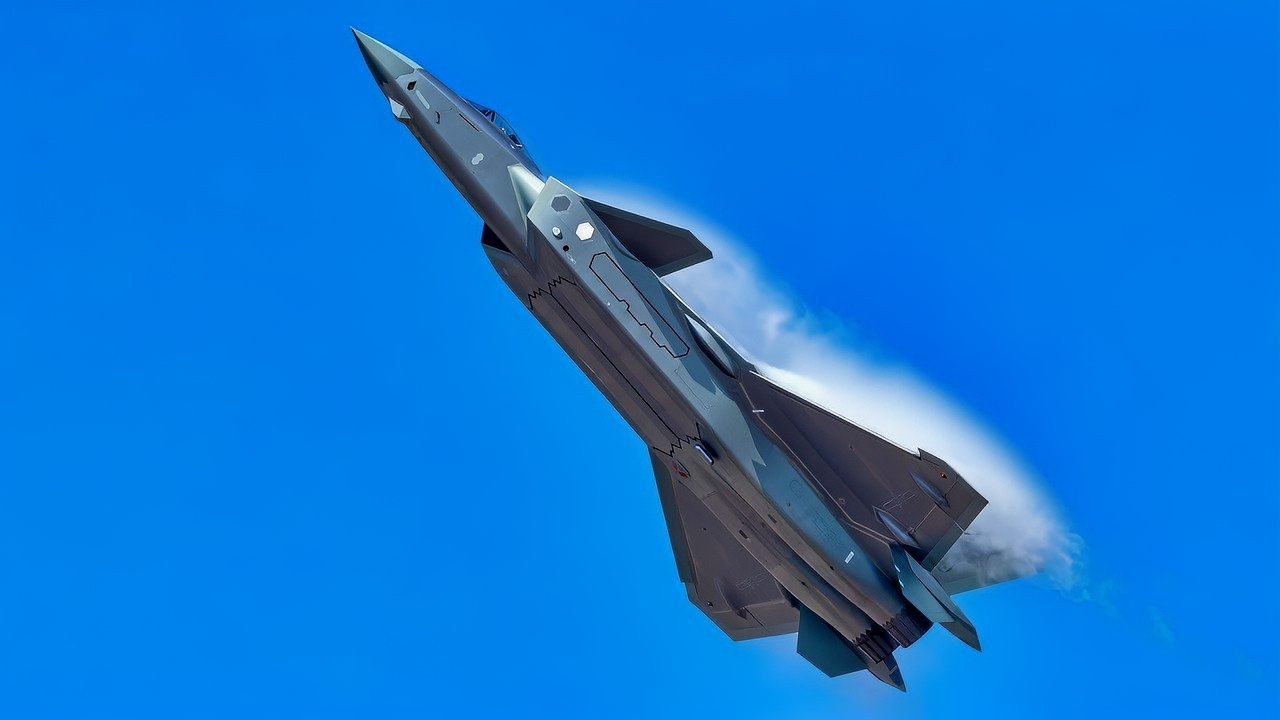
China J-20 Fighter High In Sky. Image Credit: Creative Commons.
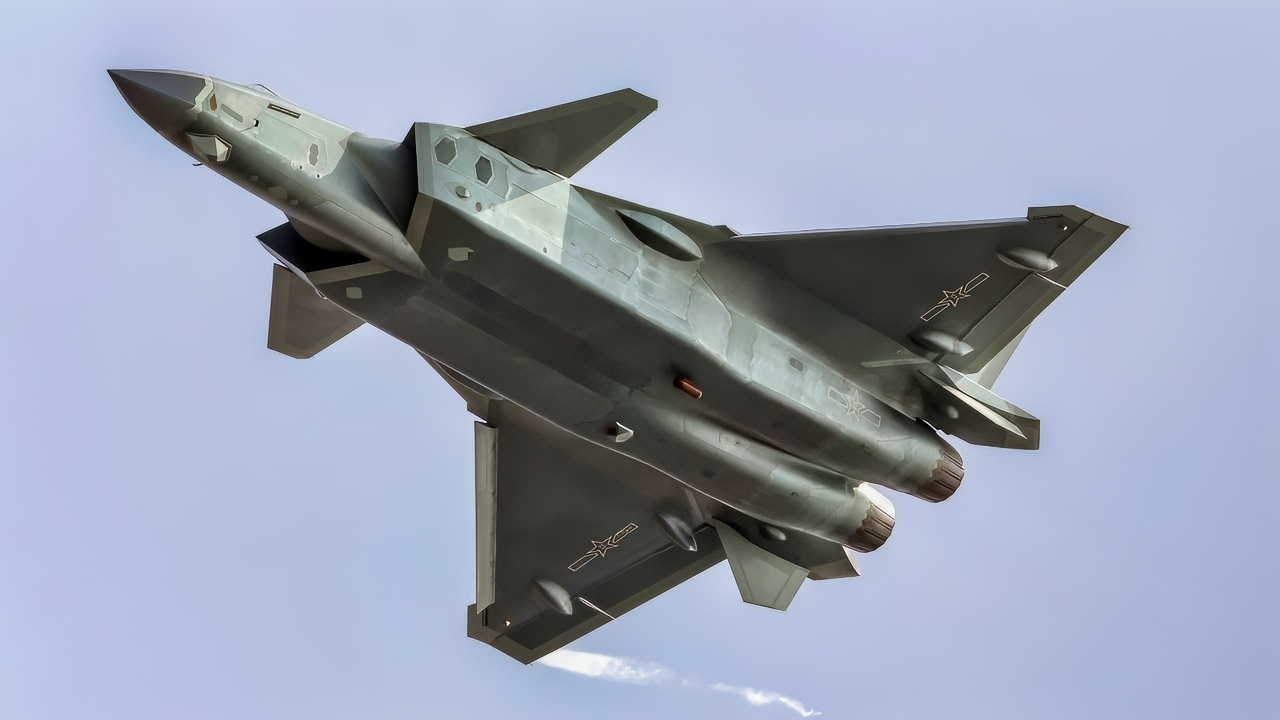
China J-20 Mighty Dragon Fighter. Image Credit: Creative Commons.
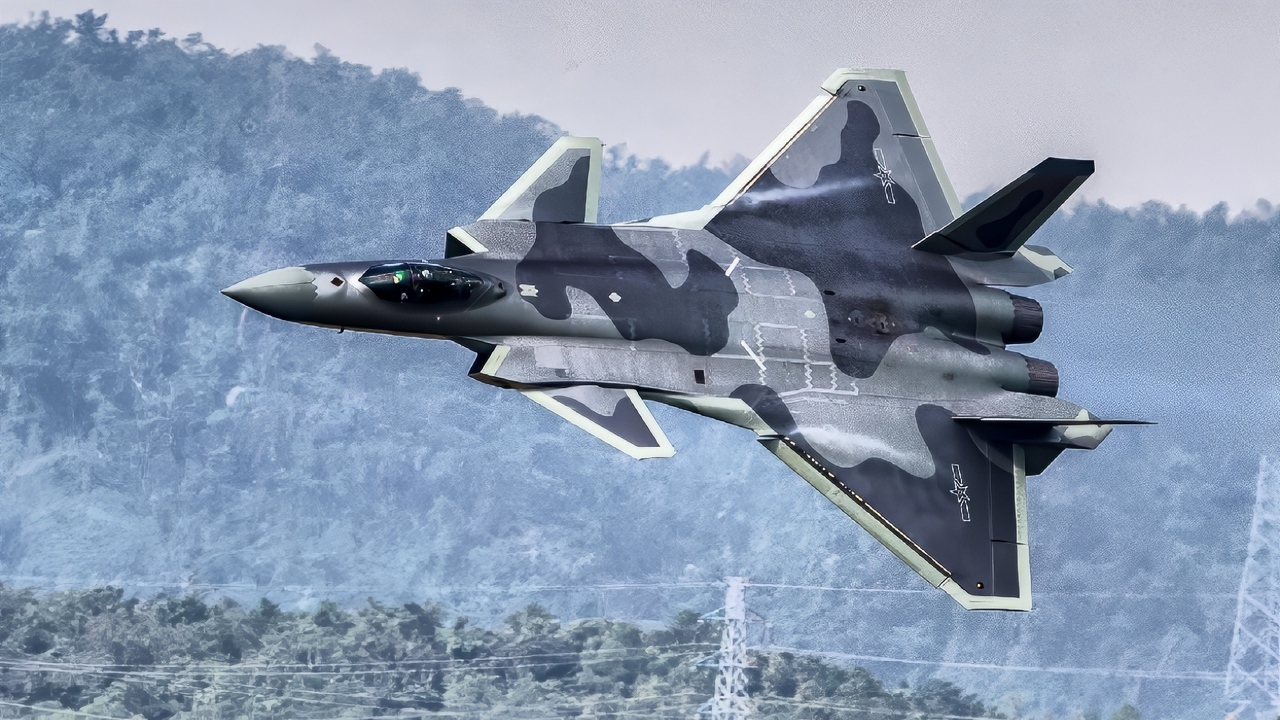
J-20 Fighter from China Flying High. Image Credit: Creative Commons.
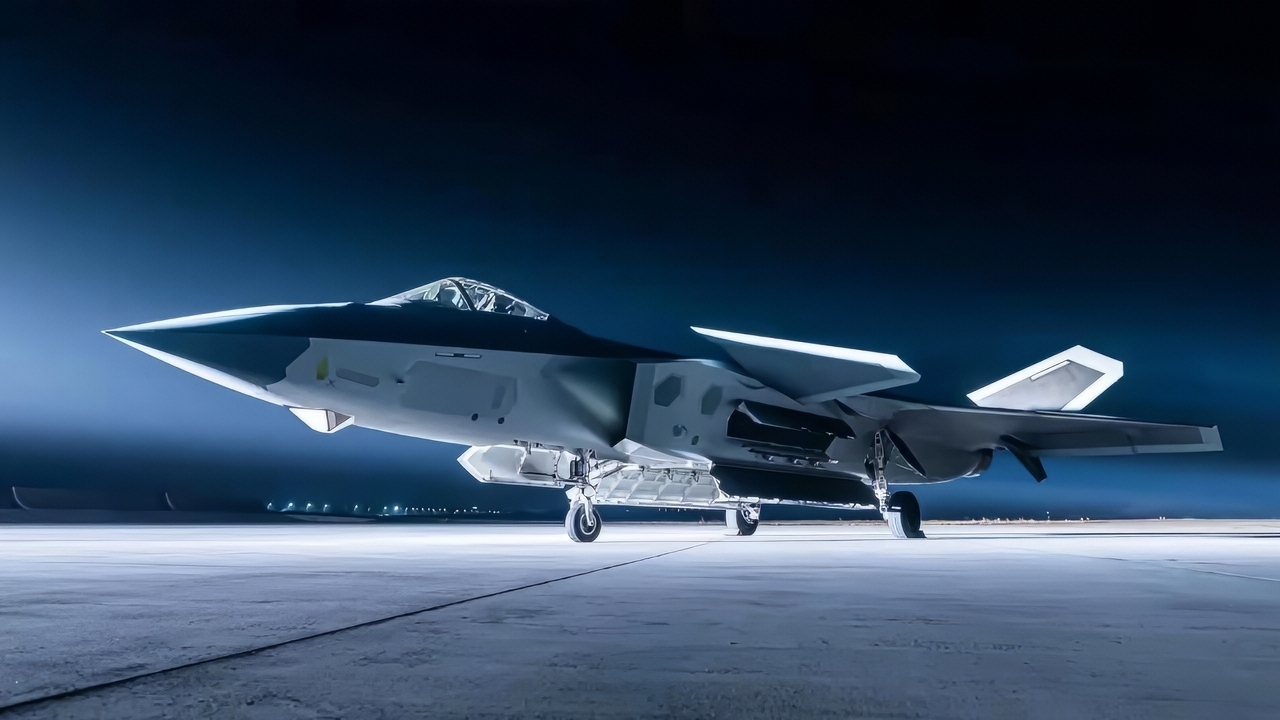
China J-20 Fighter. Image Credit: Chinese Air Force.
-In contrast, the Gripen is a smaller, more affordable, and highly agile multirole fighter prized for its flexibility and ease of maintenance.
-In a direct confrontation, the J-20 would likely win due to its superior stealth, which would allow it to detect and engage a Gripen from beyond visual range.
J-20 vs. JAS 39 Gripen: A Duel in the Sky?
The Chinese J-20 is the most advanced fighter jet in service with the PLAAF. It was designed to compete with American fighters, such as the F-22 and F-35, and provide deterrence against its neighbors. Meanwhile, the JAS 39 Gripen is a Swedish fourth-generation fighter that has been gaining traction in the international market.
With countries like Thailand and other Southeast Asian countries acquiring the Gripen, there is a non-zero chance that the J-20 may one day meet the JAS 39 in the skies.
But which fighter comes out on top?
The Mighty Dragon vs. the Gripen
The Chengdu J-20, also known as the “Mighty Dragon,” is China’s premier fifth-generation stealth fighter.
Chengdu Aerospace Corporation developed it and first flew in 2011. The J-20 is designed primarily for air superiority and long-range interception missions, with a strong emphasis on stealth, sensor fusion, and advanced avionics.
It is a large twin-engine aircraft with internal weapons bays, radar-absorbent materials, and a shape optimized for low radar cross-section. These features allow it to penetrate deep into contested airspace and engage high-value targets while remaining difficult to detect.

JAS 39 Gripen. Image Credit: Creative Commons.
In contrast, the Saab JAS 39 Gripen is a fourth-generation multirole fighter, with the latest variants (Gripen E and F) incorporating many fifth-generation technologies. Developed by Sweden’s Saab AB, the Gripen first flew in 1988, with the Gripen E variant entering service in the 2020s.
The Gripen is designed for flexibility, affordability, and ease of maintenance. It is a single-engine aircraft with a smaller footprint, capable of operating from short or improvised runways, and is optimized for rapid turnaround and high sortie rates. Its modular architecture allows for easy upgrades and integration of NATO-standard weapons and systems.
Performance and Specs
In terms of raw performance, the J-20 has several advantages. It has a higher combat radius, estimated at around 1,200 kilometers, compared to the Gripen’s roughly 800 kilometers.
It also flies higher, climbs faster, and carries more powerful engines, two WS-10C turbofans producing a combined thrust of approximately 284 kilonewtons of force.
Compared to the JAS 39 Gripen, the F-35 has a single GE F414 engine, which provides approximately 98 kilonewtons of thrust.
The J-20’s stealth capabilities are significantly more advanced, with internal weapons bays and shaping that reduce its radar signature. In contrast, the Gripen relies on external pylons and has only moderate stealth characteristics.
However, the Gripen excels in agility and cost-efficiency. Its lightweight design and digital fly-by-wire system make it highly maneuverable, especially in close-range dogfights. It is also significantly cheaper to operate and maintain, with a unit cost that is substantially lower than the J-20’s estimated $120 million.
The Gripen’s operational costs are among the lowest in its class, making it attractive to countries with limited defense budgets or those seeking a high-performance fighter without the logistical burden of a fifth-generation jet.
Operational Roles
The J-20 was built for air superiority missions. It is intended to challenge U.S. and allied air dominance in the Indo-Pacific region and plays a key role in China’s anti-access/area denial (A2/AD) strategy. Its long-range missiles, such as the PL-15, are designed for beyond-visual-range (BVR) combat, potentially outranging Western counterparts.
The J-20’s advanced sensors and data fusion capabilities give it superior situational awareness, making it a formidable platform in high-tech warfare.
The JAS 39 Gripen, on the other hand, is designed for tactical flexibility. It can perform air-to-air, air-to-ground, and reconnaissance missions with equal effectiveness. Its electronic warfare suite and data link capabilities are highly advanced, and it is interoperable with NATO systems, making it ideal for coalition operations.

The Saab JAS 39E Gripen is Sweden’s modern multi-role fighter, built specifically for versatility and resilience against Russian threats. Image Credit: Creative Commons.
The Gripen has been exported to several countries, including Brazil, South Africa, Hungary, and Thailand, and has proven itself in various NATO exercises and real-world deployments.
The J-20 is one of the most advanced fighter jets in China’s inventory. It incorporates AESA radar and sensor fusion, providing a unique aerial perspective. Future upgrades may include the WS-15 engine, which would give supercruise capability and improved thrust.
The JAS 39 Gripen’s strength lies in its modularity and openness to Western technology. It can be easily upgraded with new sensors, weapons, and software, ensuring long-term viability and adaptability.
In 4 Words: The J-20 Would Win
If the two were to ever meet in a head-to-head scenario, the J-20 would probably win due to its superior stealth capabilities and avionics. The PL-15 missile, combined with the aircraft’s low observability and powerful radar, gives it a significant edge in detecting and engaging targets before being seen.
The JAS 39 Gripen, however, is equipped with the Meteor missile, one of the most advanced BVR weapons in the world. While it lacks stealth, its electronic warfare capabilities and agility could allow it to survive and even prevail in specific engagements, especially in close-range dogfights.
Ultimately, determining which fighter is “better” depends heavily on the context. If the goal is to achieve air superiority in a contested environment against advanced adversaries, the J-20 is the superior platform.

China J-20 Fighter High In Sky. Image Credit: Creative Commons.
Its stealth, range, and sensors make it ideal for strategic missions and high-end warfare. If the goal is to maintain a capable, flexible, and affordable air force that can operate in diverse environments and integrate with allied forces, the Gripen is the better choice.
It offers excellent performance at a fraction of the cost and is well-suited for regional defense and coalition operations.
About the Author: Isaac Seitz
Isaac Seitz, a Defense Columnist, graduated from Patrick Henry College’s Strategic Intelligence and National Security program. He has also studied Russian at Middlebury Language Schools and has worked as an intelligence Analyst in the private sector.
More Military
‘Captain, We Have Been Hit’: A Tiny Nuclear Submarine ‘Sank’ $4.5 Billion Navy Aircraft Carrier
America’s F-35 Stealth Fighter Simply Summed Up In Just 1 Word
China’s New J-35 Stealth Fighter Simply Summed Up In Just 1 Word
The U.S. Navy Is Now ‘Cannibalizing’ Its Own Fighter Jets and Submarines
Operation Black Buck: How Avro Vulcan Bombers Broke Range Records in the Falklands War


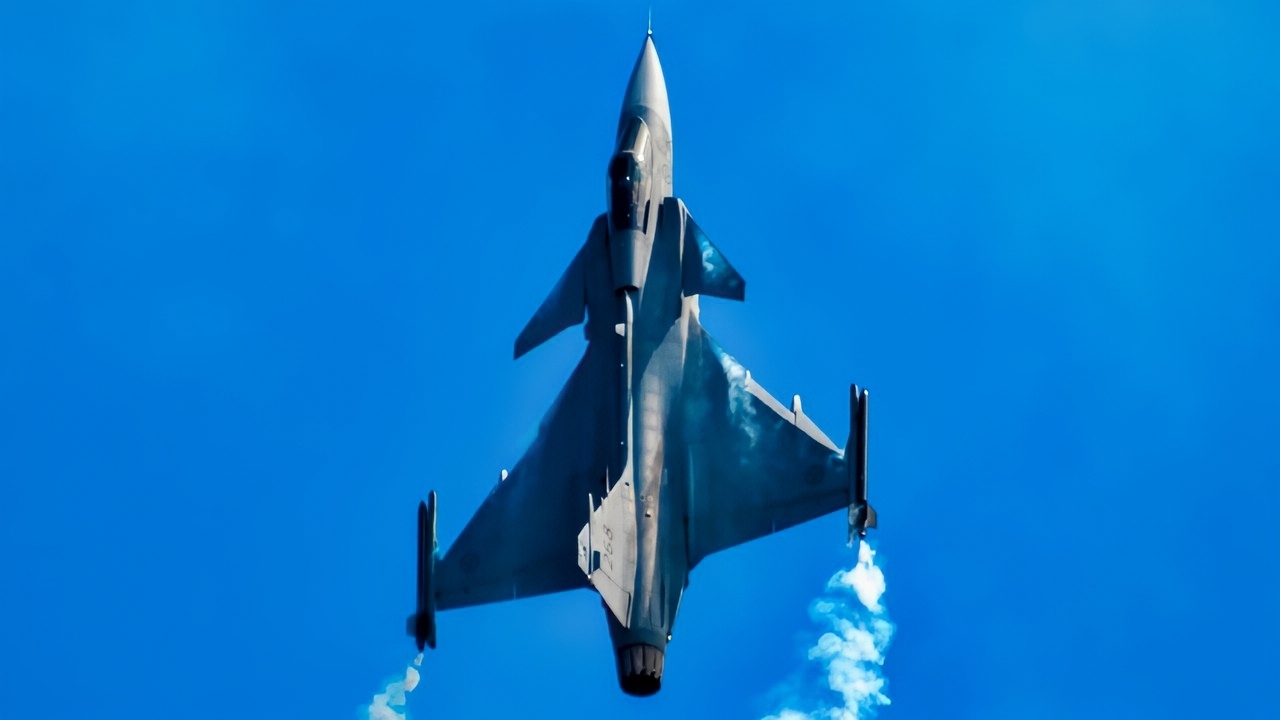








Joe Kaufmann
August 7, 2025 at 1:11 am
The J20 is the best fighter jet in the world hands down. There is no parallel.
Dumb yanks and allies would tell you that it’s unproven in battle. Yet, the Americans have invaded and committed countless genocidal atrocities over the decades against defenseless third world countries. Which war did they actually decisively win after WW2?! Where did they test their F35s? Worthless!
James
August 7, 2025 at 2:06 am
Desert Storm. The reason China sent countless spies to US to steal military secrets. The history proves time and time again everything CCP says should be taken with an ocean worth of salt. Go back to educate yourself about uyghur and tibet, commie. Your country don’t have any concept of innovation, all you do is steal. When US have 6 Gen fighters, all China would have is outdated fake 5 Gen, like Russia.
Pingback: Thailand Engages JAS 39 Gripen Jets in Combat and Plans to Expand Its Fleet – ThailandTV.news
Allen Smith
August 7, 2025 at 10:38 pm
J20? Hands down the best? In china perhaps, but in the world? No freaking way. Combat tested is the proof of the pudding and the J20 is not proven. Not to menchinas “superior airforce” lost its rear end in a joint exercise with its Indonesian allies, going up against 3rd and 4th Gen fighters.